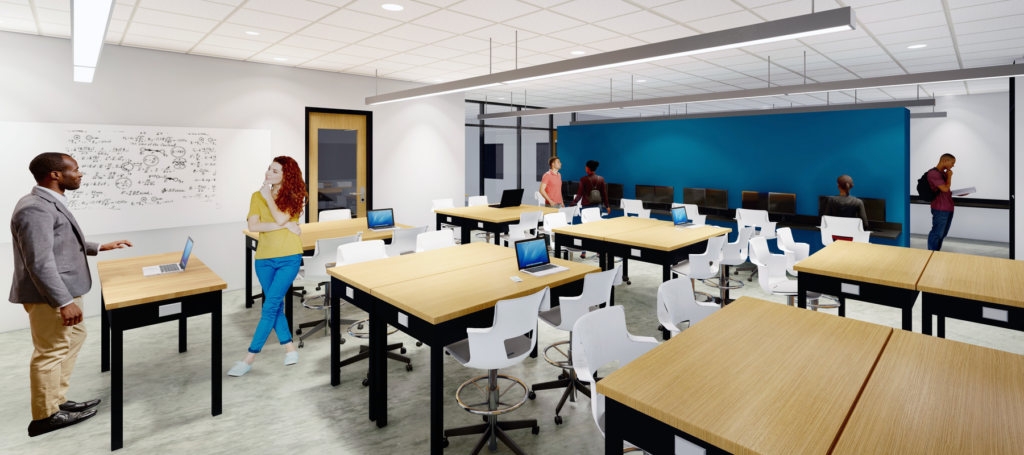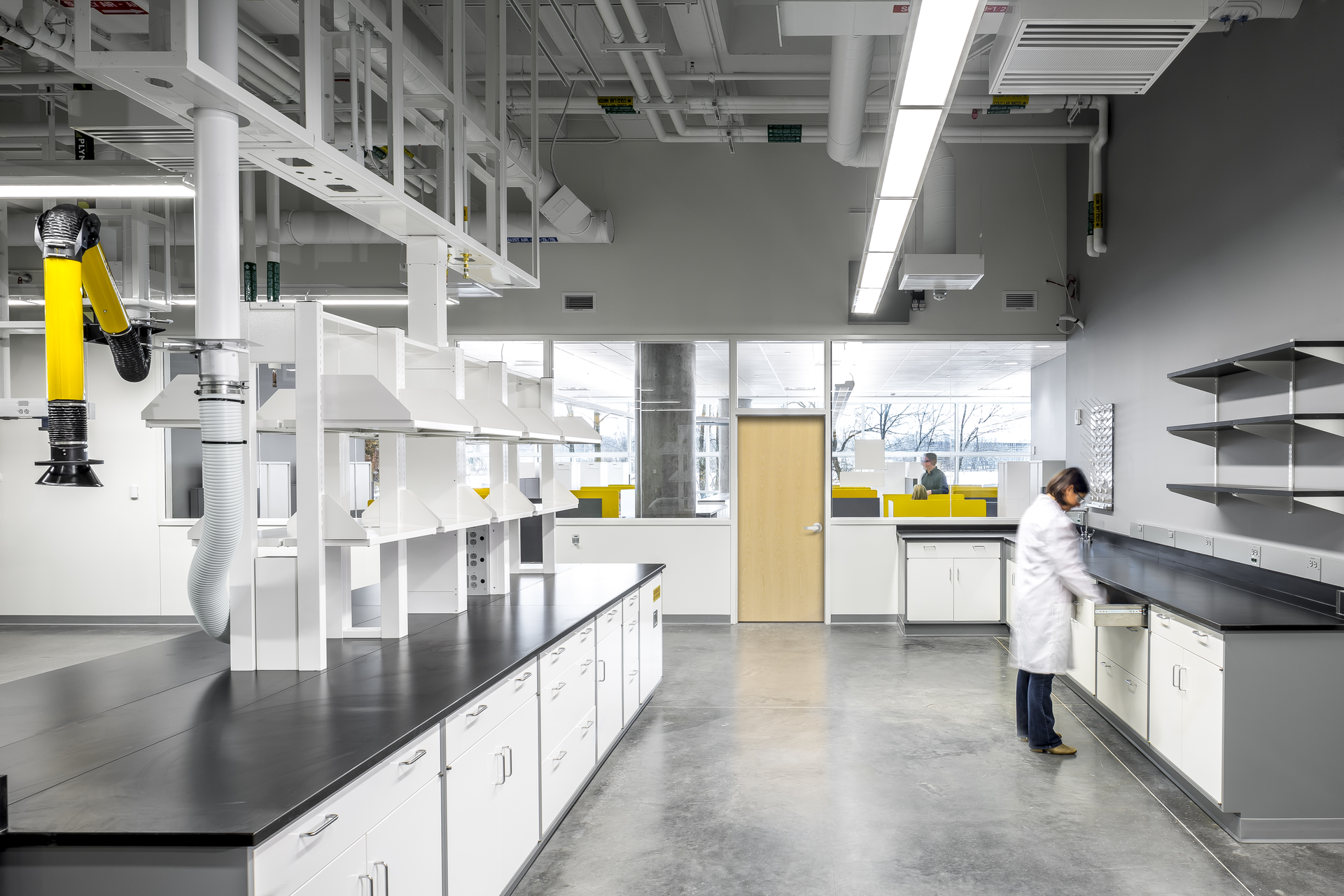Although we have seen many challenges over the past 23 months, the COVID-19 pandemic has also revealed opportunities to redefine higher education’s value proposition and re-envision how and where we teach and learn. The pandemic allowed us a moment in time to break from long-standing traditions, to move forward, and also to look back at what we missed. By doing so, we can see valuable lessons learned and find opportunities for change, creating a foundation for the future of higher education learning environments.
Learning from the Pandemic
As we think about challenges and opportunities, there are several themes that arise including: resources, social fabric, mental health, and pedagogy.
- Resources: Resources became a challenge for many students, instructors, and faculty due to limited digital knowledge or physical resources. However, technology also presented opportunities for accelerating student-centered learning.
- Social Fabric: Creating a community culture became difficult in the Zoom world and the demands of parenting, caretaking, and homeschooling came to the forefront of our learning environments. But opportunities for distance learners and adjunct instructors to engage and feel a new sense of equity with their peers was one positive outcome.
- Mental Health: The pandemic revealed challenging times for many (not just within the education sector). Loss of in-person contact, grief, digital fatigue, and burnout were all prevalent. These challenges reminded us that higher education environments play an essential role in the wellbeing of students, staff, and surrounding communities.
- Pedagogy: Although hands-on activities were limited and engagement difficult during the pandemic, technology simplified connecting quickly and gave new meaning to flexible learning. Instructors were able to meet students where they were and often discovered empathy for how, when, and where students learn best.
As we move forward, we can balance concerns of isolation and passive learning with opportunities for new forms of interactive engagement, keeping the best that technology can offer to both students and faculty.
Space Implications
As we think about the transformation of higher education learning environments, we consider the complete learning ecosystem. Traditionally (though not always) campus planning has prioritized the in-person or on-campus experience.However, lessons from the pandemic redefine higher education’s value proposition by transforming what our learning ecosystem will look like in the future.
Technology alone is not the complete answer to the future of higher education learning environments. People are social – we need interaction, and a technology-only solution leaves room for long-term inequities and limited opportunities for hands-on learning.
HyFlex learning ecosystems (aka “active classrooms” –learning environments that can accommodate both in-person and digital learners at the same time), began to transform where and how students learn. In past generations of HyFlex classrooms, there was a particular focus on technology solutions. However, new models of HyFlex learning environments provide technology solutions as well as multi/cross functional spaces that bring forward interactive and hands-on learning; more nimble furniture and equipment than the traditional active classroom; acoustic comfort (including appropriate material considerations, quiet zones, or adjacent rooms for heads-down small group work.); and adjacent shared resource rooms.
By considering the complete learning ecosystem, higher education environments transform into student-centered learning experiences.
Designing a New Future
Like never before, we are starting to see silos between departments, colleges, and units rethought to create a more holistic and unified campus. Imagine the new HyFlex learning ecosystem as a place where students can make, experiment, collaborate, and communicate with their peers and instructors from on campus or a remote location. By seeing through the challenges and into the opportunities emerging from the pandemic, together we can re-envision a system that works harder and smarter to support students regardless of their physical context.








